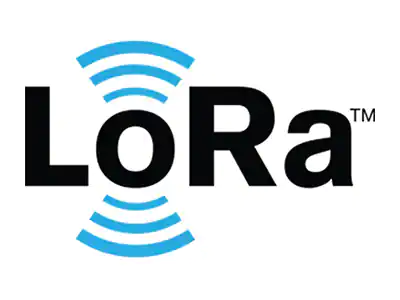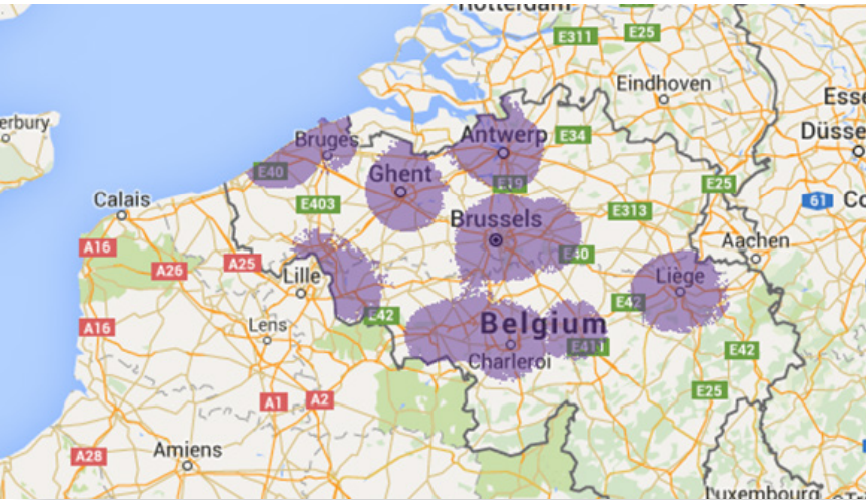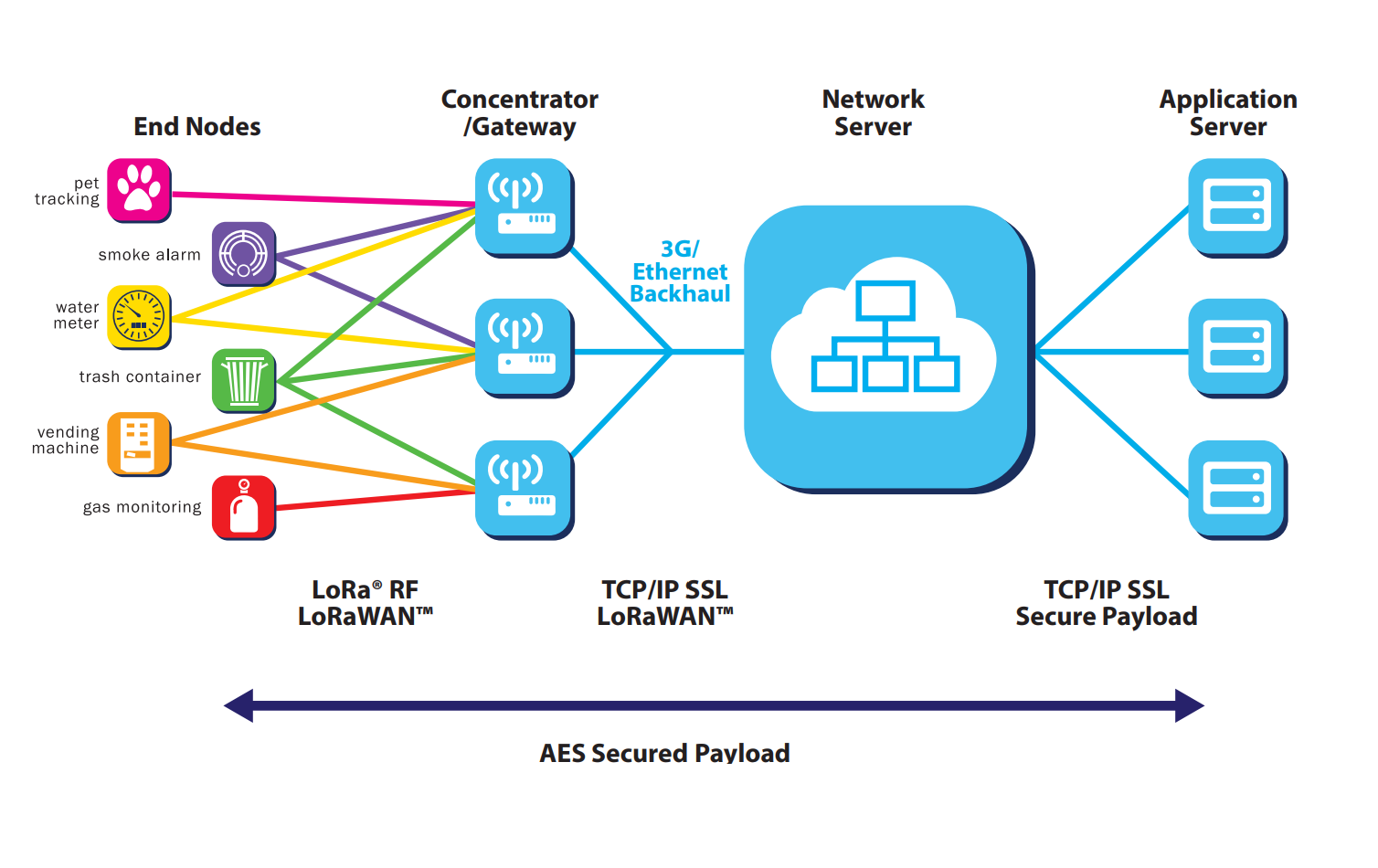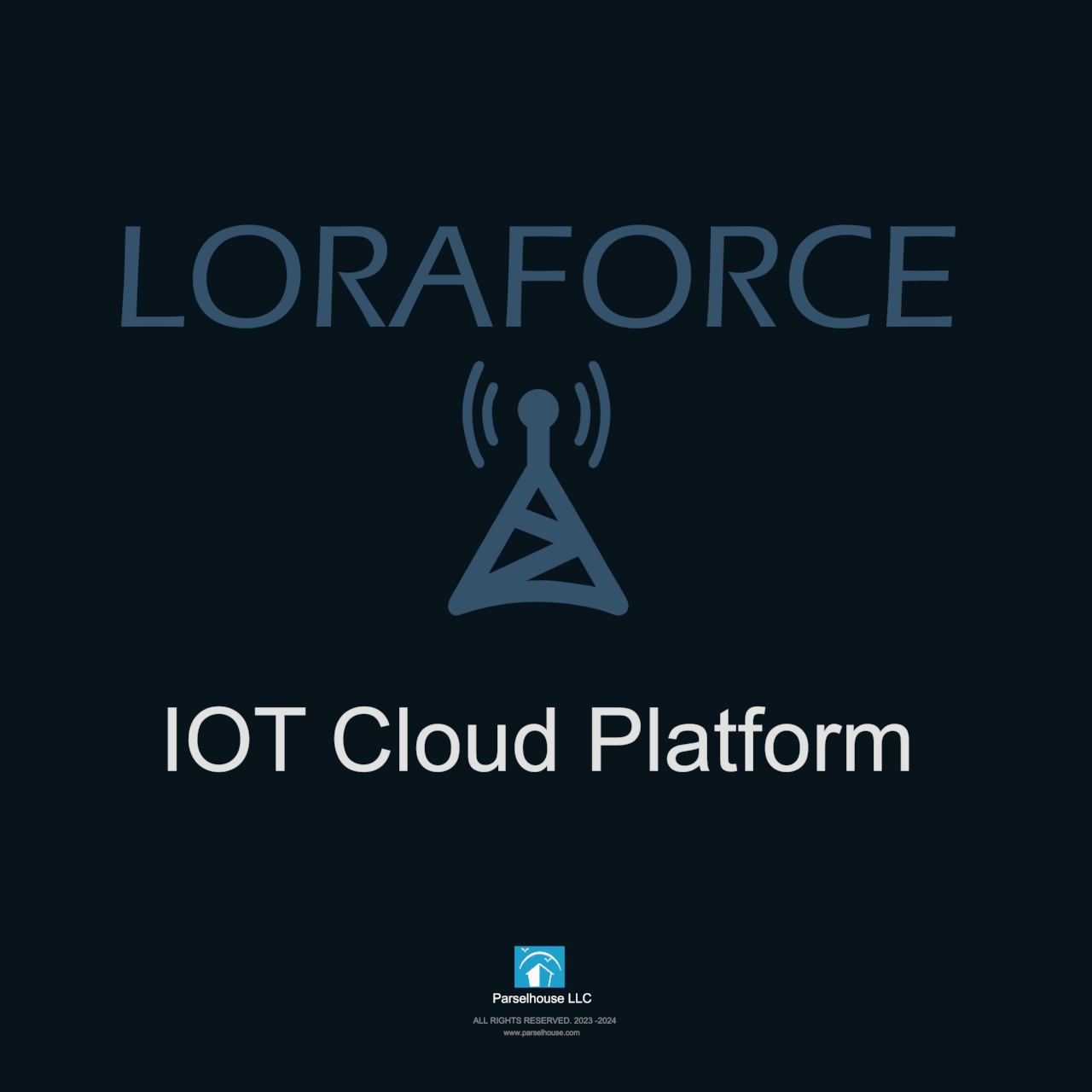
Parselhouse LLC

Parselhouse LLC
 LoRa® is the physical layer or the wireless modulation utilized to create the long range communication link. Many legacy wireless systems use frequency shifting keying (FSK) modulation as the physical layer because it is a very efficient modulation for achieving low power. LoRa® is based on chirp spread spectrum modulation, which maintains the same low power characteristics as FSK modulation but significantly increases the communication range. Chirp spread spectrum has been used in military and space communication for decades due to the long communication distances that can be achieved and robustness to interference, but LoRa® is the first low cost implementation for commercial usage.
LoRa® is the physical layer or the wireless modulation utilized to create the long range communication link. Many legacy wireless systems use frequency shifting keying (FSK) modulation as the physical layer because it is a very efficient modulation for achieving low power. LoRa® is based on chirp spread spectrum modulation, which maintains the same low power characteristics as FSK modulation but significantly increases the communication range. Chirp spread spectrum has been used in military and space communication for decades due to the long communication distances that can be achieved and robustness to interference, but LoRa® is the first low cost implementation for commercial usage.
 The advantage of LoRa® is in the technology’s long range capability. A single gateway or base station can cover entire cities or hundreds of square kilometers. Range highly depends on the environment or obstructions in a given location, but LoRa® and LoRaWAN™ have a link budget greater than any other standardized communication technology. The link budget, typically given in decibels (dB), is the primary factor in determining the range in a given environment. Below are the coverage maps from the Proximus network deployed in Belgium. With a minimal amount of infrastructure, entire countries can easily be covered.
The advantage of LoRa® is in the technology’s long range capability. A single gateway or base station can cover entire cities or hundreds of square kilometers. Range highly depends on the environment or obstructions in a given location, but LoRa® and LoRaWAN™ have a link budget greater than any other standardized communication technology. The link budget, typically given in decibels (dB), is the primary factor in determining the range in a given environment. Below are the coverage maps from the Proximus network deployed in Belgium. With a minimal amount of infrastructure, entire countries can easily be covered.
 Many existing deployed networks utilize a mesh network architecture. In a mesh network, the individual end-nodes forward the information of other nodes to increase the communication range and cell size of the network. While this increases the range, it also adds complexity, reduces network capacity, and reduces battery lifetime as nodes receive and forward information from other nodes that is likely irrelevant for them. Long range star architecture makes the most sense for preserving battery lifetime when long-range connectivity can be achieved.
In a LoRaWAN™ network nodes are not associated with a specific gateway. Instead, data transmitted by a node is typically received by multiple gateways. Each gateway will forward the received packet from the end-node to the cloud-based network server via some backhaul (either cellular, Ethernet, satellite, or Wi-Fi). The intelligence and complexity is pushed to the network server, which manages the network and will filter redundant received packets, perform security checks, schedule acknowledgments through the optimal gateway, and perform adaptive data rate, etc. If a node is mobile or moving there is no handover needed from gateway to gateway, which is a critical feature to enable asset tracking applications–a major target application vertical for IoT.
Many existing deployed networks utilize a mesh network architecture. In a mesh network, the individual end-nodes forward the information of other nodes to increase the communication range and cell size of the network. While this increases the range, it also adds complexity, reduces network capacity, and reduces battery lifetime as nodes receive and forward information from other nodes that is likely irrelevant for them. Long range star architecture makes the most sense for preserving battery lifetime when long-range connectivity can be achieved.
In a LoRaWAN™ network nodes are not associated with a specific gateway. Instead, data transmitted by a node is typically received by multiple gateways. Each gateway will forward the received packet from the end-node to the cloud-based network server via some backhaul (either cellular, Ethernet, satellite, or Wi-Fi). The intelligence and complexity is pushed to the network server, which manages the network and will filter redundant received packets, perform security checks, schedule acknowledgments through the optimal gateway, and perform adaptive data rate, etc. If a node is mobile or moving there is no handover needed from gateway to gateway, which is a critical feature to enable asset tracking applications–a major target application vertical for IoT.
The nodes in a LoRaWAN™ network are asynchronous and communicate when they have data ready to send whether event-driven or scheduled. This type of protocol is typically referred to as the Aloha method. In a mesh network or with a synchronous network, such as cellular, the nodes frequently have to ‘wake up’ to synchronize with the network and check for messages. This synchronization consumes significant energy and is the number one driver of battery lifetime reduction. In a recent study and comparison done by GSMA of the various technologies addressing the LPWAN space, LoRaWAN™ showed a 3 to 5 times advantage compared to all other technology options.

It's our Cloud IOT platform used for monitor sensors and devices.
It counts with different features as:
- Create users
- Add devices
- Create geofences. Geofences are control areas that you draw into application map in order to receive a notification if the device is getting out from the area
- Monitor. Check different parameters in real time from device such as: Battery status, temperature, coordenates, etc
- Geolocation. Find your device on map
- Backup. Download a backup copy for recovery
-Receive alarms notifications via email
Because there are different types of devices in the market we offer customizing software service. Currently LORAFORCE works by default and whitout extra cost with:
Manufacturer : ABEEWAY
- Compact Tracker
